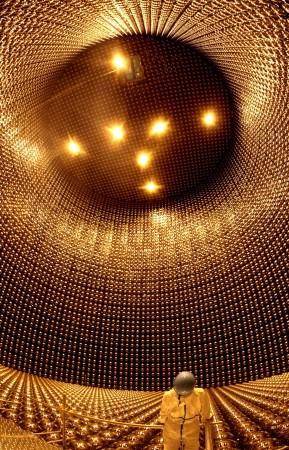 Last week, the University of Tokyo's Institute for Cosmic Ray Research (ICRR) announced the near completion of full-scale reconstruction work on its giant Super-Kamiokande underground neutrino detection facility, which was severely damaged in a 2001 accident. Super-Kamiokande, the world?s largest facility of its kind, detects neutrinos as they pass through the 50,000 tons of water held in its cylindrical water tank, which measures 39 meters (128 feet) in diameter and 42 meters (138 feet) in depth and is located 1 km underground. Solar neutrino measurements will resume when the tank is refilled with water at the end of June.
Last week, the University of Tokyo's Institute for Cosmic Ray Research (ICRR) announced the near completion of full-scale reconstruction work on its giant Super-Kamiokande underground neutrino detection facility, which was severely damaged in a 2001 accident. Super-Kamiokande, the world?s largest facility of its kind, detects neutrinos as they pass through the 50,000 tons of water held in its cylindrical water tank, which measures 39 meters (128 feet) in diameter and 42 meters (138 feet) in depth and is located 1 km underground. Solar neutrino measurements will resume when the tank is refilled with water at the end of June.
About 7,000 of the facility?s 11,000 neutrino-detecting photomultiplier tubes, which are shaped like 50-centimeter diameter light bulbs, were destroyed in 2001 when a chain reaction of implosions occurred after one of the tubes failed.
(Further reading: Wikipedia, Info About Super-K)
[Source: Mainichi Shimbun]

 On April 7,
On April 7, 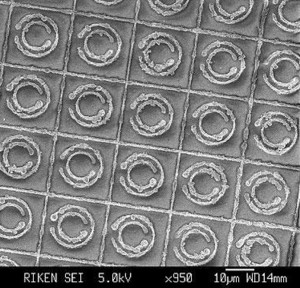 When light passes through material such as glass, a portion of its energy is lost as it reflects off the material's surface. Researchers at Japan's Institute of Physical and Chemical Research (
When light passes through material such as glass, a portion of its energy is lost as it reflects off the material's surface. Researchers at Japan's Institute of Physical and Chemical Research (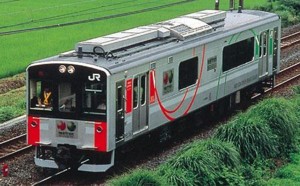 On April 4, the
On April 4, the 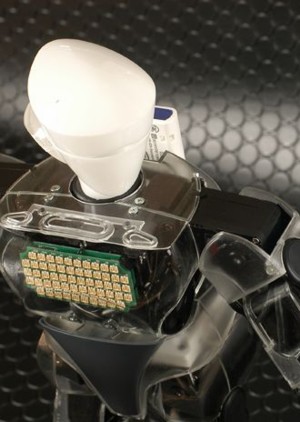 Robot developer
Robot developer  An assortment of model "safe" homes shaped like soccer balls are on display at a home exhibition in suburban Gifu. The homes -- named "Barier" by manufacturer
An assortment of model "safe" homes shaped like soccer balls are on display at a home exhibition in suburban Gifu. The homes -- named "Barier" by manufacturer 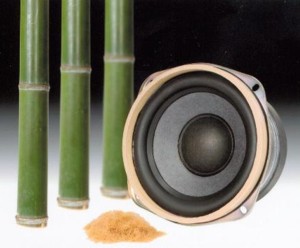
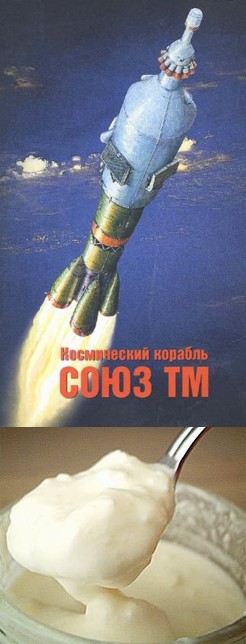 Final preparations are being made for the launch of a project to develop space yogurt. The plan is a follow-up to the
Final preparations are being made for the launch of a project to develop space yogurt. The plan is a follow-up to the 